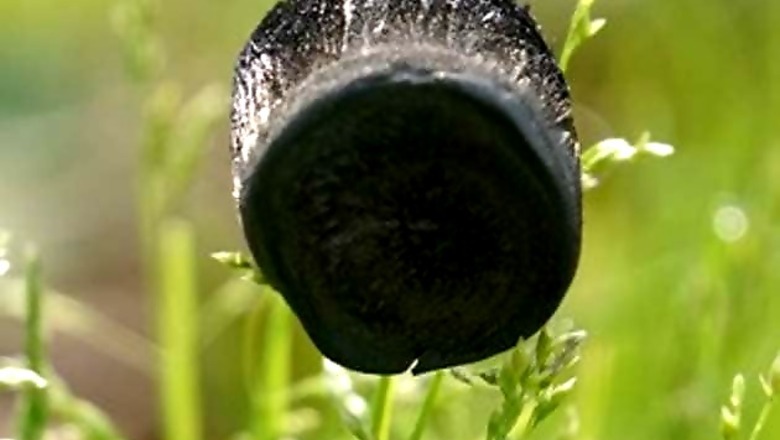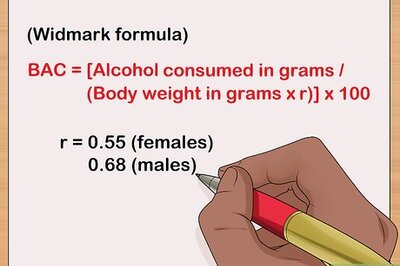
views
Washington: Graphene, often touted as a miracle material, is also as brittle as ordinary ceramic and susceptible to crack, a new study has found.
Researchers Jun Lou at Rice and Ting Zhu at The Georgia Institute of Technology have measured the fracture toughness of imperfect graphene for the first time and found it to be somewhat brittle.
While it's still very useful, graphene is really only as strong as its weakest link, which researchers determined to be "substantially lower" than the intrinsic strength of graphene.
"Graphene has exceptional physical properties, but to use it in real applications, we have to understand the useful strength of large-area graphene, which is controlled by the fracture toughness," said Zhu.
The researchers reported in the journal Nature Communications the results of tests in which they physically pulled graphene apart to see how much force it would take.
Specifically, they wanted to see if graphene follows the century-old Griffith theory that quantifies the useful strength of brittle materials.
It does, said Lou. "Remarkably, in this case, thermodynamic energy still rules," he said.
Imperfections in graphene drastically lessen its strength - with an upper limit of about 100 gigapascals (GPa) for perfect graphene previously measured by nanoindentation - according to physical testing.
That's important for engineers to understand as they think about using graphene for flexible electronics, composite material and other applications in which stresses on microscopic flaws could lead to failure, researchers said.
Graphene, it turns out, is no different from the glass fibres tested.
"Everybody thinks the carbon-carbon bond is the strongest bond in nature, so the material must be very good," Lou said.
"But that's not true anymore, once you have those defects. The larger the sheet, the higher the probability of defects. That's well known in the ceramic community," said Lou.
A defect can be as small as an atom missing from the hexagonal lattice of graphene. But for a real-world test, the researchers had to make a defect of their own - a pre-crack - they could actually see.
"We know there will be pinholes and other defects in graphene. The pre-crack overshadows those defects to become the weakest spot - so I know exactly where the fracture will happen when we pull it," Lou said.
"The material resistance to the crack growth - the fracture toughness - is what we're measuring here, and that's a very important engineering property," he said.


















Comments
0 comment